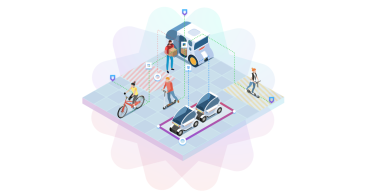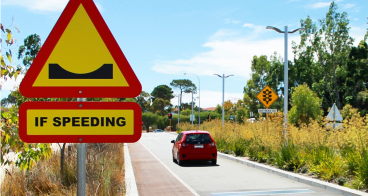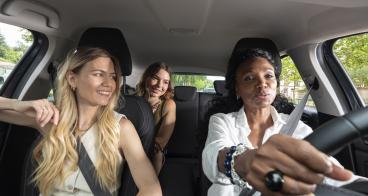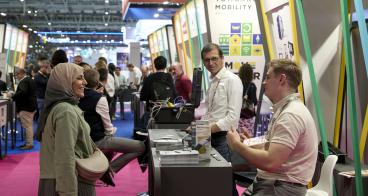Does the pandemic bring something positive after all? | Keynote by Lennert Verhu
The COVID-19 pandemic has had an enormous impact on our lives, but it also changed our cities. Worldwide, cities have been taking measures to curb the pandemic through, for example, guaranteeing physical distancing.
The pandemic stressed the need to re-think and to re-design our cities and our streets in order to prepare for a future where physical distancing might be the norm for some time and where there is an increasing demand for cycling, walking and qualitative outdoor spaces. Sidewalks in crowded streets have been extended at the cost of driving lanes, temporary cycling lanes popped-up, and wooden parklets started replacing parking spaces as provisional terraces for bars and restaurants. These kind of tactical urban interventions and street experiments helped cities to quickly respond to short term needs and had a direct positive impact on public health. Yet they also tend to diminish car presence, increase social interaction and reclaim space for residents for other types of activities.
In this way, they are linked to broader challenges such as the climate crisis, social inequality, and sustainable urban mobility. This gives an indication that street experiments and their specific role during the pandemic, might have an enormous potential of enabling systemic change in the long run. Current findings already indicate that cities and their residents are more open to changes in the streetscape because the pandemic shows them how things can be different. But on the other hand, emergency regulations have often been carried out top-down with few public consultation, resulting in backlash from local residents.
So, what are the insights on street experiments during the pandemic?
Source cover picture: Stella Artois / Flightless Bird Creative / Kevin Conway






